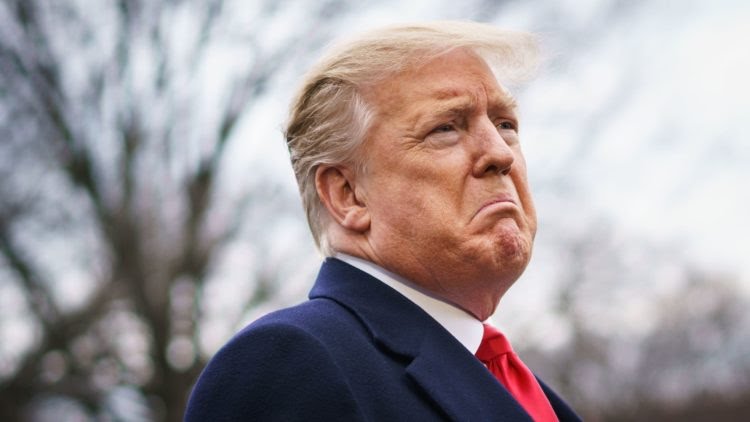

On Wednesday, 18th December 2019, the House of Representatives passed two articles of impeachment against President Donald Trump.
The first charged him with abuse of power, and the second charged him with obstruction of Congress, setting the stage for an impeachment trial next month.
What, exactly, is impeachment?

Impeachment by the House does not mean Donald Trump is no longer the President of United States. When the House launches an impeachment inquiry, it’s similar to prosecutors launching an investigation into a suspect in a crime.
Now he has been impeached, what next?

Since a majority of representatives voted on Wednesday to charge the president with two articles of impeachment, the process will now move to the Senate, which is responsible for holding a fair and impartial trial.
Both sides will present their cases to the senators, who act as jurors, while a Chief Justice preside over the hearings. Although the president is demanding a immediate trial, a Senate trial is likely to commence in early January 2020.
How can Trump be Removed from office?

For Donald Trump to be removed from office, two-thirds of the Senate – 67 members – must vote to convict him. The Senate consists of 53 Republicans, 45 Democrats, and two independents who have strong bonds with Democrats, meaning Donald Trump is highly unlikely to be removed from office.
What if Donald Trump is impeached but not convicted in the Senate?

If Trump is impeached but not convicted in the Senate, he will remain in office, and it will be left up Americans to reelect him in 2020.
Has any US president been removed via Impeachment?

No, congress has never removed a president via impeachment. Before Donald Trump’s impeachment, two US presidents – Andrew Johnson and Bill Clinton – were impeached by the House, both were acquitted in the Senate.




